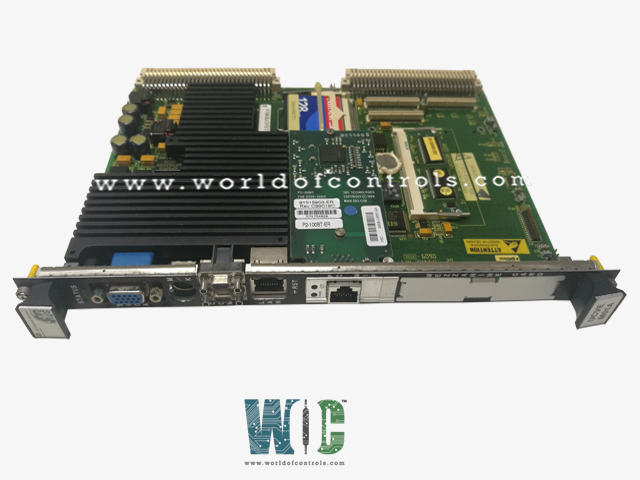
World Of Controls understands the criticality of your requirement and works towards reducing the lead time as much as possible.
IS215UCVCH5A - Controller Board is available in stock which ships the same day.
IS215UCVCH5A - Controller Board comes in UNUSED as well as REBUILT condition.
To avail our best deals for IS215UCVCH5A - Controller Board, contact us and we will get back to you within 24 hours.
SPECIFICATIONS:
Part Number: IS215UCVCH5A
Manufacturer: General Electric
Series: Mark VIe
Number of trip solenoids: 3
Memory: 16 MB DRAM
Operating system: QNX
Microprocessor: Intel Pentium 133 MHz
Trip Solenoid Rating: 125 V dc
Programming: Boolean
Ethernet interface: Thinwire 10Base2
ISBus interface: Twisted pair RJ-45
Power requirements: +5 V dc
Product Type: Controller Board
Common Mode Voltage Range: ±5 V
Dimensions: 17.8 cm wide x 33.02 cm
Operating temperature: 0 to 60 °C
No.of Analog Voltage Inputs: 6
Repair: 3-7 Day
Availability: In Stock
Country of Origin: United States
Manual: GEH-6421M
FUNCTIONAL DESCRIPTION:
IS215UCVCH5A is a Controller Board manufactured and designed by General Electric as part of the VIe Series used in GE Distributed Control Systems. The UCVC is available in three forms, UCVCH1, UCVCH3, and UCVCH5. The standard UCVCH1 controller is a double-slot board using a 133 MHz Intel Pentium processor with 8 MB of flash memory and 16 MB of DRAM. A single 10Base2 (BNC connector) Ethernet port provides connectivity to the toolbox or other devices via EGD. The UCVC contains a double column of eight status LEDs. These LEDs are sequentially turned on in a rotating pattern when the controller is operating normally. When an error condition occurs the LEDs display a flashing error code that identifies the problem.
FEATURES:
WOC has the largest stock of GE Distributed Control System Replacement Parts. We can also repair your faulty boards. WORLD OF CONTROLS can also supply unused and rebuilt backed-up with a warranty. Our team of experts is available round the clock to support your OEM needs. Our team of experts at WOC is happy to assist you with any of your automation requirements. For pricing and availability on any parts and repairs, kindly get in touch with our team by phone or email.
What is the role of a controller board in turbine control systems?
The controller board serves as the central processing unit of the turbine control system, executing control algorithms, monitoring sensors, and coordinating the operation of actuators to regulate turbine performance, ensure safety, and optimize efficiency.
How does the controller board ensure turbine safety?
The controller board integrates fault detection algorithms to identify abnormal conditions such as overspeed, overheating, or vibration anomalies. When a fault is detected, the controller implements protective measures, such as shutting down the turbine or adjusting operational parameters to mitigate risks.
Can the controller board communicate with external systems?
Yes, controller boards often feature communication interfaces such as Modbus, Profibus, or Ethernet/IP, allowing for seamless integration with supervisory systems for remote monitoring, control, and data logging. This enables operators to oversee turbine operations from a centralized location.